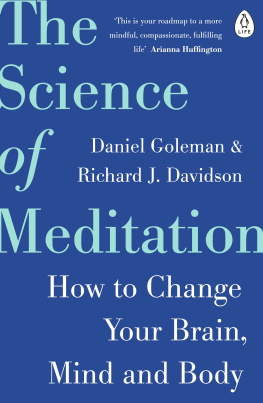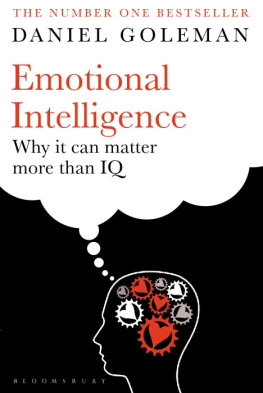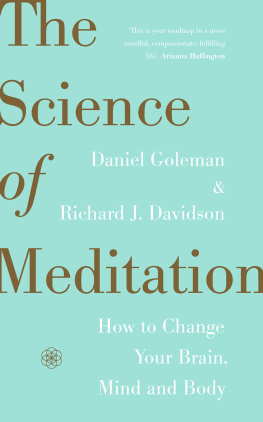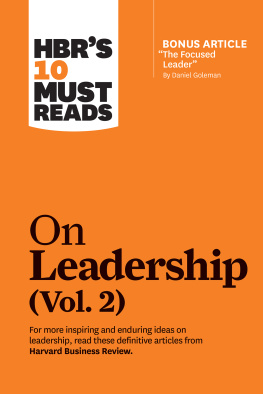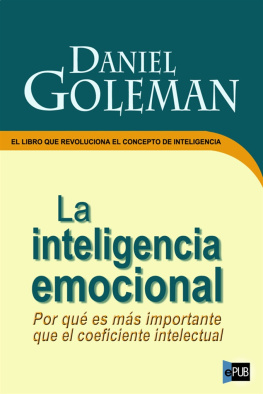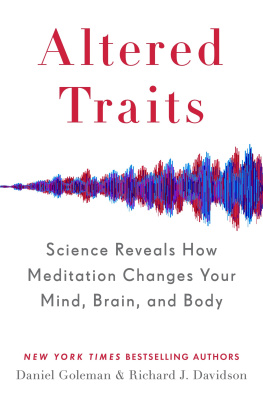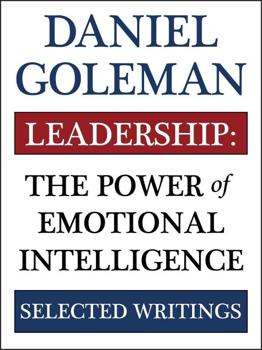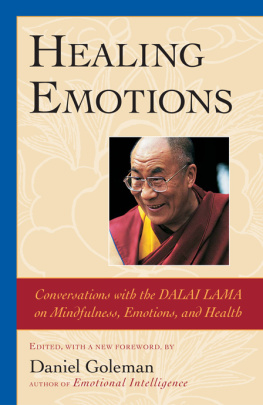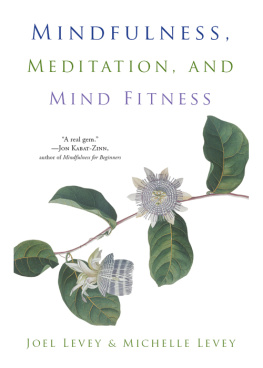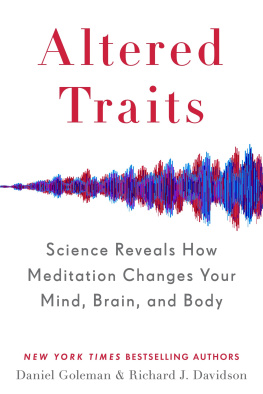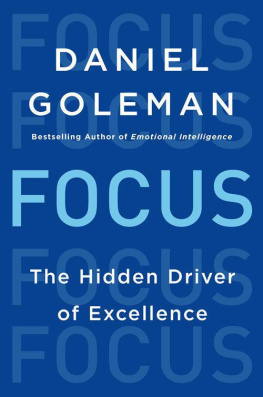Daniel Goleman and Richard J. Davidson
THE SCIENCE OF MEDITATION
How to Change Your Brain, Mind and Body
PENGUIN LIFE
UK | USA | Canada | Ireland | Australia
India | New Zealand | South Africa
Penguin Life is part of the Penguin Random House group of companies whose addresses can be found at global.penguinrandomhouse.com.
First published in the United States of America by Avery 2017
First published in Great Britain by Penguin Life 2017
Copyright Daniel Goleman and Richard J. Davidson, 2017
The moral right of the authors has been asserted
ISBN: 978-0-241-97570-1
1
The Deep Path and the Wide
One bright fall morning, Steve Z, a lieutenant colonel working in the Pentagon, heard a crazy, loud noise, and instantly was covered in debris as the ceiling caved in, knocking him to the floor, unconscious. It was September 11, 2001, and a passenger jet had smashed into the huge building, very near to Steves office.
The debris that buried Steve saved his life as the planes fuselage exploded, a fireball of flames scouring the open office. Despite a concussion, Steve returned to work four days later, laboring through feverish nights, 6:00 p.m. to 6:00 a.m., because those were daytime hours in Afghanistan. Soon after, he volunteered for a year in Iraq.
I mainly went to Iraq because I couldnt walk around the Mall without being hypervigilant, wary of how people looked at me, totally on guard, Steve recalls. I couldnt get on an elevator, I felt trapped in my car in traffic.
His symptoms were classic post-traumatic stress disorder. Then came the day he realized he couldnt handle this on his own. Steve ended up with a psychotherapist he still sees. She led him, very gently, to try mindfulness.
Mindfulness, he recalls, gave me something I could do to help feel more calm, less stressed, not be so reactive. As he practiced more, added loving-kindness to the mix, and went on retreats, his PTSD symptoms gradually became less frequent, less intense. Although his irritability and restlessness still came, he could see them coming.
Tales like Steves offer encouraging news about meditation. We have been meditators all our adult lives, and, like Steve, know for ourselves that the practice has countless benefits.
But our scientific backgrounds give us pause, too. Not everything chalked up to meditations magic actually stands up to rigorous tests. And so we have set out to make clear what works and what does not.
Some of what you know about meditation may be wrong. But what is true about meditation you may not know.
Take Steves story. The tale has been repeated in endless variations by countless others who claim to have found relief in meditation methods like mindfulnessnot just from PTSD but from virtually the entire range of emotional disorders.
Yet mindfulness, part of an ancient meditation tradition, was not intended to be such a cure; this method was only recently adapted as a balm for our modern forms of angst. The original aim, embraced in some circles to this day, focuses on a deep exploration of the mind toward a profound alteration of our very being.
On the other hand, the pragmatic applications of meditationlike the mindfulness that helped Steve recover from traumaappeal widely but do not go so deep. Because this wide approach has easy access, multitudes have found a way to include at least a bit of meditation in their day.
There are, then, two paths: the deep and the wide. Those two paths are often confused with each other, though they differ greatly.
We see the deep path embodied at two levels: in a pure form, for example, in the ancient lineages of Theravada Buddhism as practiced in Southeast Asia, or among Tibetan yogis (for whom well see some remarkable data in chapter eleven, A Yogis Brain). Well call this most intensive type of practice Level 1.
At Level 2, these traditions have been removed from being part of a total lifestylemonk or yogi, for exampleand adapted into forms more palatable for the West. At Level 2, meditation comes in forms that leave behind parts of the original Asian source that might not make the cross-cultural journey so easily.
Then there are the wide approaches. At Level 3, a further remove takes these same meditation practices out of their spiritual context and distributes them ever more widelyas is the case with mindfulness-based stress reduction (better known as MBSR), founded by our good friend Jon Kabat-Zinn and taught now in thousands of clinics and medical centers, and far beyond. Or Transcendental Meditation (TM), which offers classic Sanskrit mantras to the modern world in a user-friendly format.
The even more widely accessible forms of meditation at Level 4 are, of necessity, the most watered-down, all the better to render them handy for the largest number of people. The current vogues of mindfulness-at-your-desk, or via minutes-long meditation apps, exemplify this level.
We foresee also a Level 5, one that exists now only in bits and pieces, but which may well increase in number and reach with time. At Level 5, the lessons scientists have learned in studying all the other levels will lead to innovations and adaptations that can be of widest benefita potential we explore in the final chapter, A Healthy Mind.
The deep transformations of Level 1 fascinated us when we originally encountered meditation. Dan studied ancient texts and practiced the methods they describe, particularly during the two years he lived in India and Sri Lanka in his grad school days and just afterward. Richie (as everyone calls him) followed Dan to Asia for a lengthy visit, likewise practicing on retreat there, meeting with meditation scholarsand more recently has scanned the brains of Olympic-level meditators in his lab at the University of Wisconsin.
Our own meditation practice has been mainly at Level 2. But from the start, the wide path, Levels 3 and 4, has also been important to us. Our Asian teachers said if any aspect of meditation could help alleviate suffering, it should be offered to all, not just those on a spiritual search. Our doctoral dissertations applied that advice by studying ways meditation could have cognitive and emotional payoffs.
The story we tell here mirrors our own personal and professional journey. We have been close friends and collaborators on the science of meditation since the 1970s, when we met at Harvard during graduate school, and we have both been practitioners of this inner art over all these years (although we are nowhere near mastery).
While we were both trained as psychologists, we bring complementary skills to telling this story. Dan is a seasoned science journalist who wrote for the New York Times for more than a decade. Richie, a neuroscientist, founded and heads the University of Wisconsins Center for Healthy Minds, in addition to directing the brain imaging laboratory at the Waisman Center there, replete with its own fMRI, PET scanner, and a battery of cutting-edge data analysis programs, along with hundreds of servers for the heavy-duty computing required for this work. His research group numbers more than a hundred experts, who range from physicists, statisticians, and computer scientists to neuroscientists and psychologists, as well as scholars of meditative traditions.

